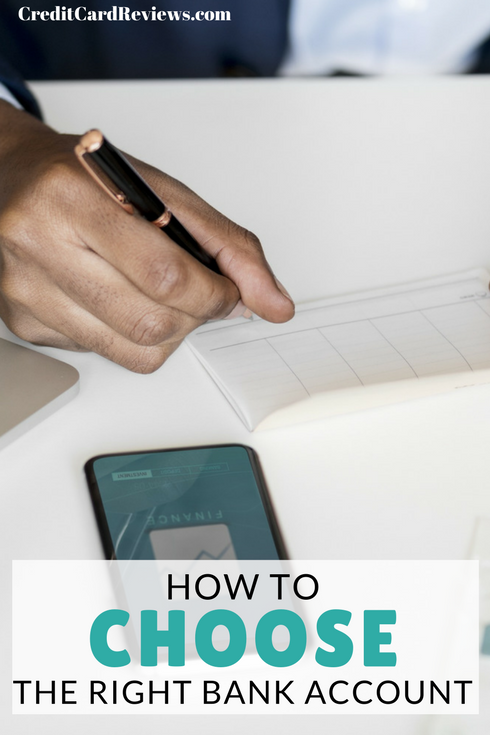If you need to open a bank account, you may feel overwhelmed by the sheer number of choices today. There are a variety of account types and even different kinds of institutions. Once you understand the advantages and disadvantages of the various choices, you’ll be better equipped to choose the best account for your financial needs.
The first distinction you should understand is that between a bank and a credit union. A bank is a for-profit business that ultimately exists to serve shareholders. Credit unions, on the other hand, are owned by their members and are non-profit. They try to deliver higher interest rates and lower fees. But to access a credit union’s products, you have to qualify for membership in the organization.
The two most common account types in the United States are savings and checking accounts. Wide variation exists among them in terms of interest paid and monthly fees. For example, BBVA Compass offers a checking account without a monthly fee. By contrast, Chase Total Checking costs $12 per month, while Chase Premier Plus Checking charges $25 per month. The difference between the two Chase accounts is a small amount of interest, which the latter account pays. The BBVA Compass account pays no interest.
Besides better interest rates, accounts with a monthly fee may provide more perks. Chase’s Premier Plus Checking, for instance, offers free checks, money orders, and cashier’s checks. It also provides ATM fee rebates at non-Chase machines. Knowing how you plan to use a bank account before picking an account can help you make the right decision.
Savings accounts tend to pay a higher rate of interest, although under government regulations, you can only make six withdrawals per statement period. If you don’t plan to use an account very frequently, and you intend to have a large balance, you should open a savings account instead of a checking.
Obviously, a savings account won’t come with checks, but a few banks offer ATM cards with their savings accounts. TD Bank is one example. ATM withdrawals don’t count towards the six.
If you need checks occasionally, but don’t think you’ll make more than six withdrawals per month, you could open a money market deposit account. This is a hybrid savings-checking account that comes with checks. Like a savings account, it is limited to six withdrawals per statement cycle, but usually pays a higher rate of interest than a checking account.
A money market account may also come with a Mastercard or Visa debit card, which can be used for in-store and on-line purchases in addition to ATM withdrawals. Ally Bank offers one of these cards.
If you don’t plan to make any withdrawals at all, and want to earn the highest rate of interest possible, you should consider opening a certificate of deposit. This instrument is a time deposit, meaning you can’t make withdrawals without penalties for a specified amount of time. In return, you get the bank or credit union’s best rates.
If you receive an electronic deposit every month, some banks will offer discounts on monthly fees for sending it to them. Bank of America, for example, has checking accounts with this policy. Chase waives its $25 monthly fee if a Chase mortgage payment is made from its Premier Plus account.
Another important issue to consider is ATM usage. The number of cash machines varies quite a bit from bank to bank. Wells Fargo, for example, has over 13,000 cash machines, while Ally Bank has zero. If you plan to use an ATM frequently, make sure the bank or credit union has an ATM located where you will need to use it.
There is also something called the AllPoint® network. This is a group of ATM’s throughout the United States that offers free use to cardholders of certain banks. Capital One and Ally customers, for example, can use this network without paying any fees.
If you travel internationally, you need to consider a financial institution’s ATM fee policy before choosing an account. Schwab Bank is one of the few banks to offer unlimited global ATM fee rebates. Other financial institutions may charge for using a cash machine overseas, and the fee could be 3% or higher.
Being aware of these policies and how they can increase or decrease the cost of account ownership will help you choose the right account. Reading the fine print before opening an account will help you to avoid any surprises as well.

